Can the blockchain truly battle fake luxury fashion? LVMH, Mercedes-Benz, Prada Group, Richemont and OTB founded Aura Consortium to authenticate their goods – but not everyone buys it
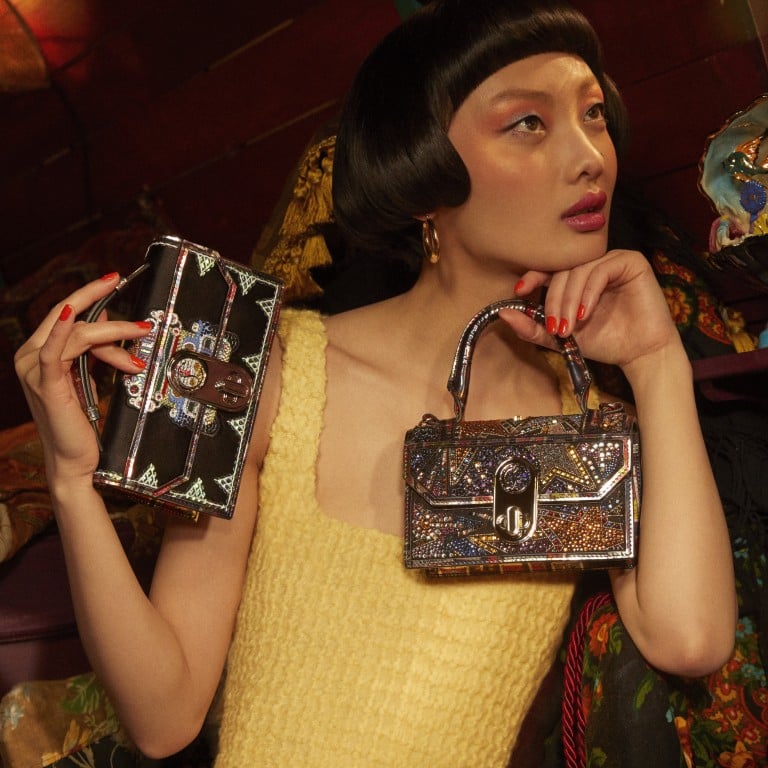
For almost a decade, I’ve been listening to digital prophets predict a future where banks save billions of dollars, customers can trace their mangoes back to the organic farm where they were grown, and financial intermediaries are a thing of the past, all thanks to the blockchain. I’ve been waiting for that future to arrive, but I’ve never come across it in my daily life.
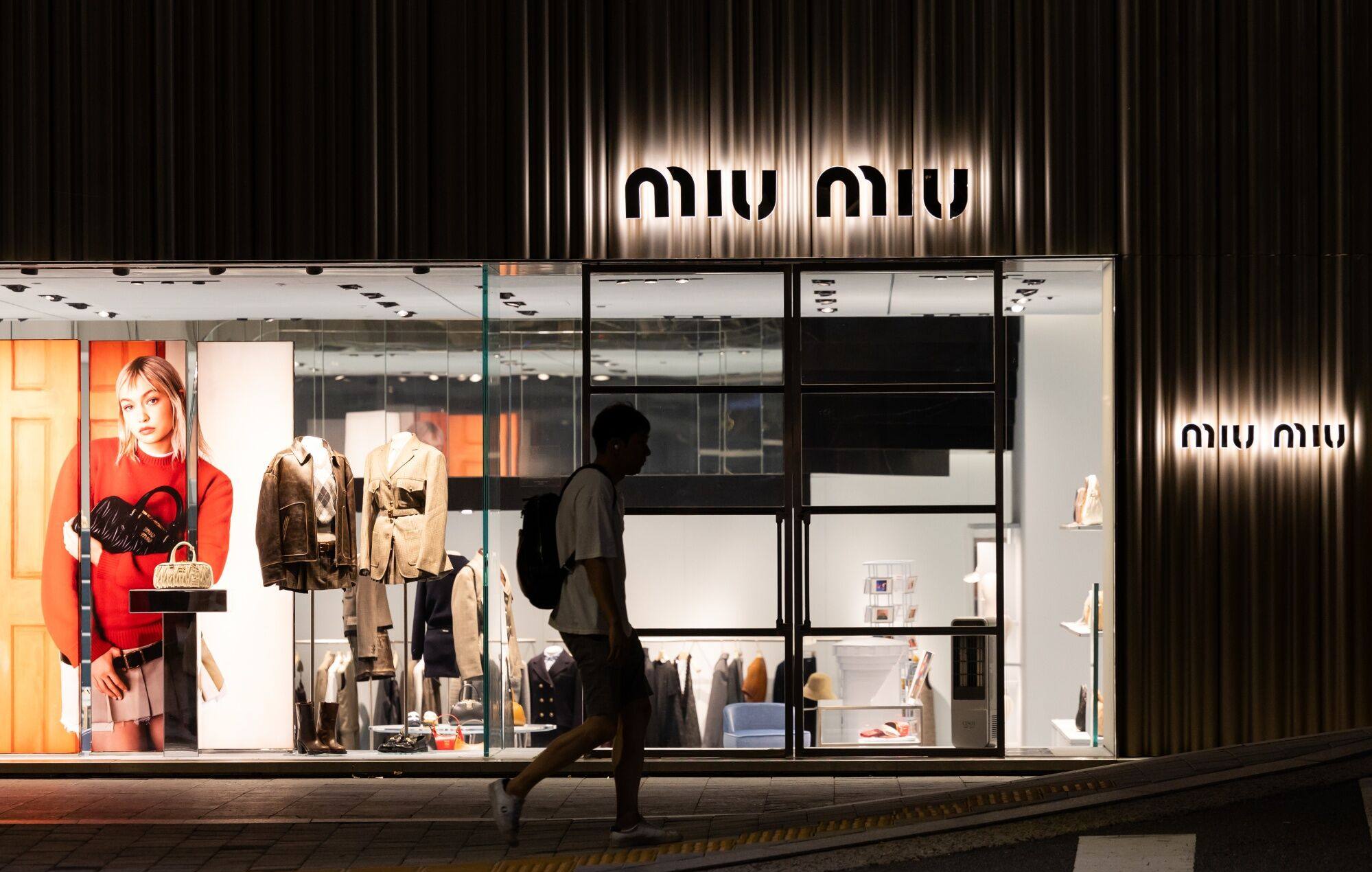
Imagine my surprise, then, when I encountered the word “blockchain” inside a Miu Miu bag.
I’d recently bought the bag, and a little white card was tucked away in a pocket. On the piece of 100 per cent recycled fibre, it read: “This authentic Prada product’s certificate has been uploaded on Aura Blockchain Consortium’s platform to record and guarantee its integrity.”
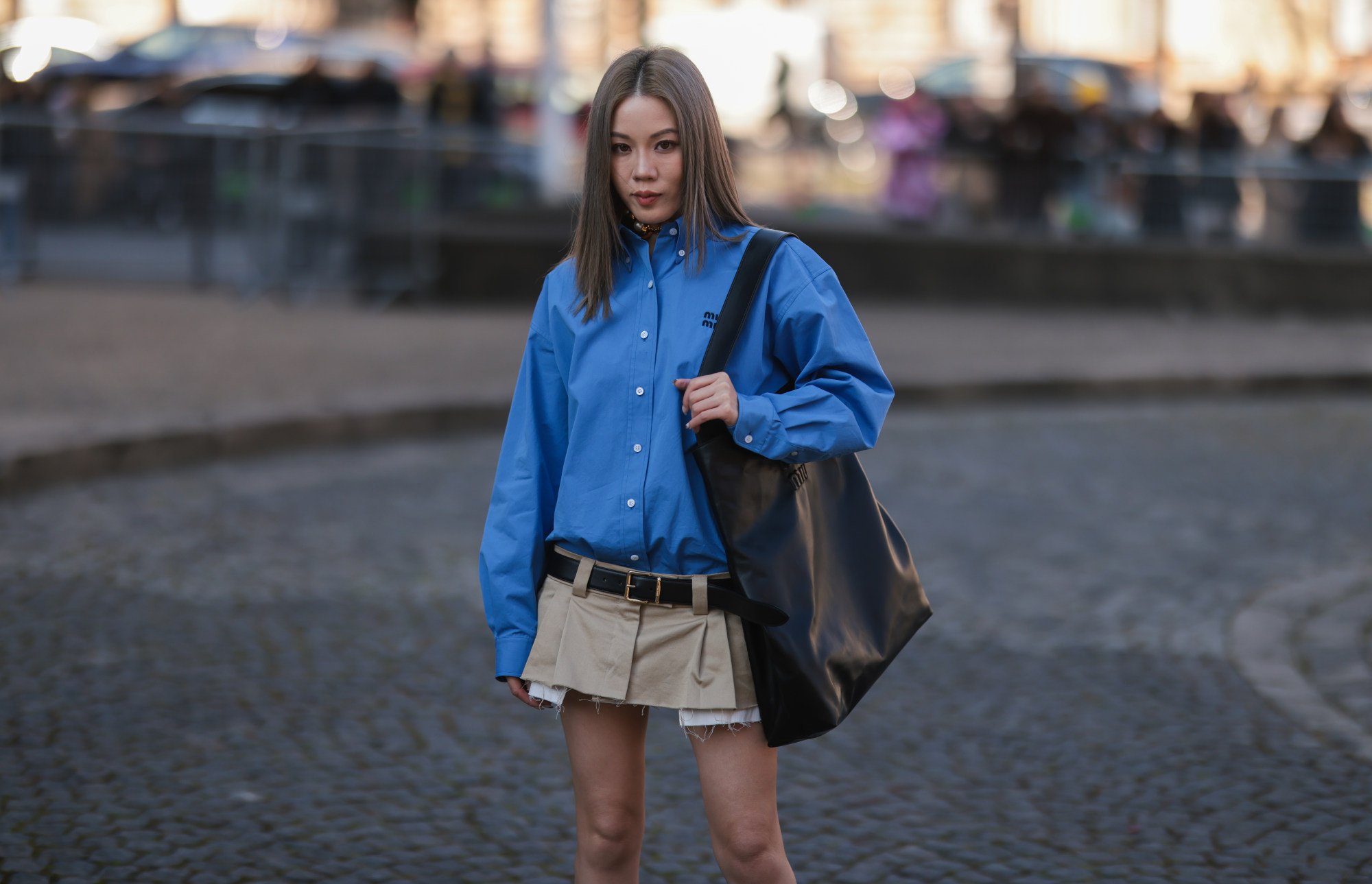
Miu Miu’s parent company, Prada Group, is one of several major luxury houses investing in hi-tech ways to track their most coveted and most expensive products. Over the past year, brands including Loro Piana, Louis Vuitton and Maison Margiela have launched services built on the Aura Consortium’s blockchain that allow customers to verify that their item isn’t a knock-off.
Why luxury watch theft surged in the past year – with Rolex most targeted
The rise in counterfeit luxury bags

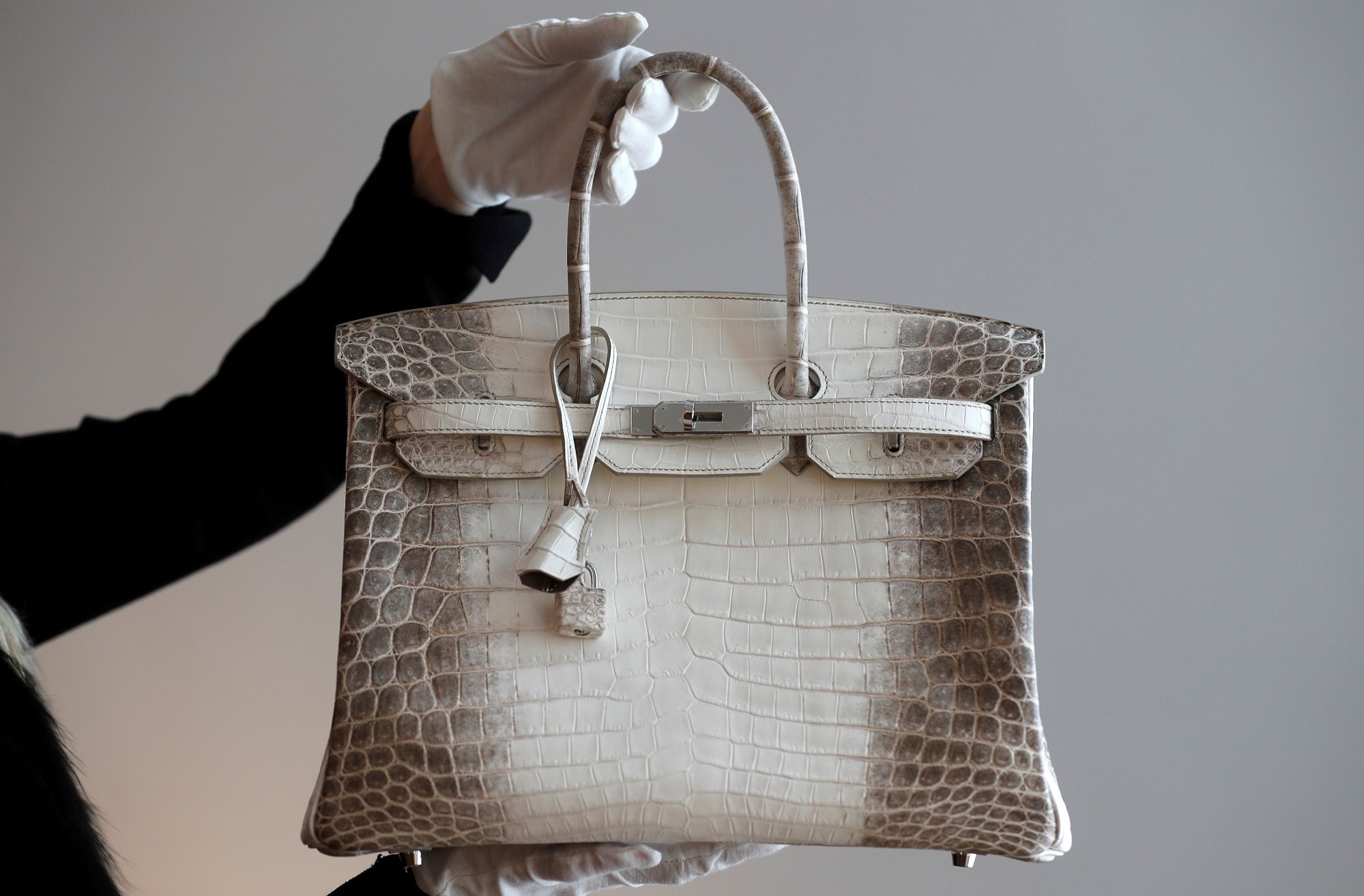
Blockchain technology is just one of the weapons deployed by the sector in a years-long battle against fakes. Recent efforts include Richemont’s new platform for sharing information about lost or stolen watches and jewellery, and LVMH-owned Patou launching an AI-based verification system called Authentique Verify.

“A digital certificate of authenticity is a huge, huge problem solver,” says Stefano Rosso, chairman of the French fashion house Maison Margiela and chief executive officer of BVX, which are both part of OTB Group. “In parallel, it helps us market the product and track its origins.”
OTB is a member of the Aura Blockchain Consortium, which runs blockchain technology specifically for luxury brands. The consortium was founded in 2021 by LVMH, Prada Group and Richemont, and joined later by OTB and Mercedes-Benz. When customers look up one of the 600,000 OTB products registered, they don’t just do it on any random website; the brands control which goods are registered on the platform.
Clout not discounts: how LVMH will reattract ‘aspirational’ luxury shoppers
Deployment of blockchain
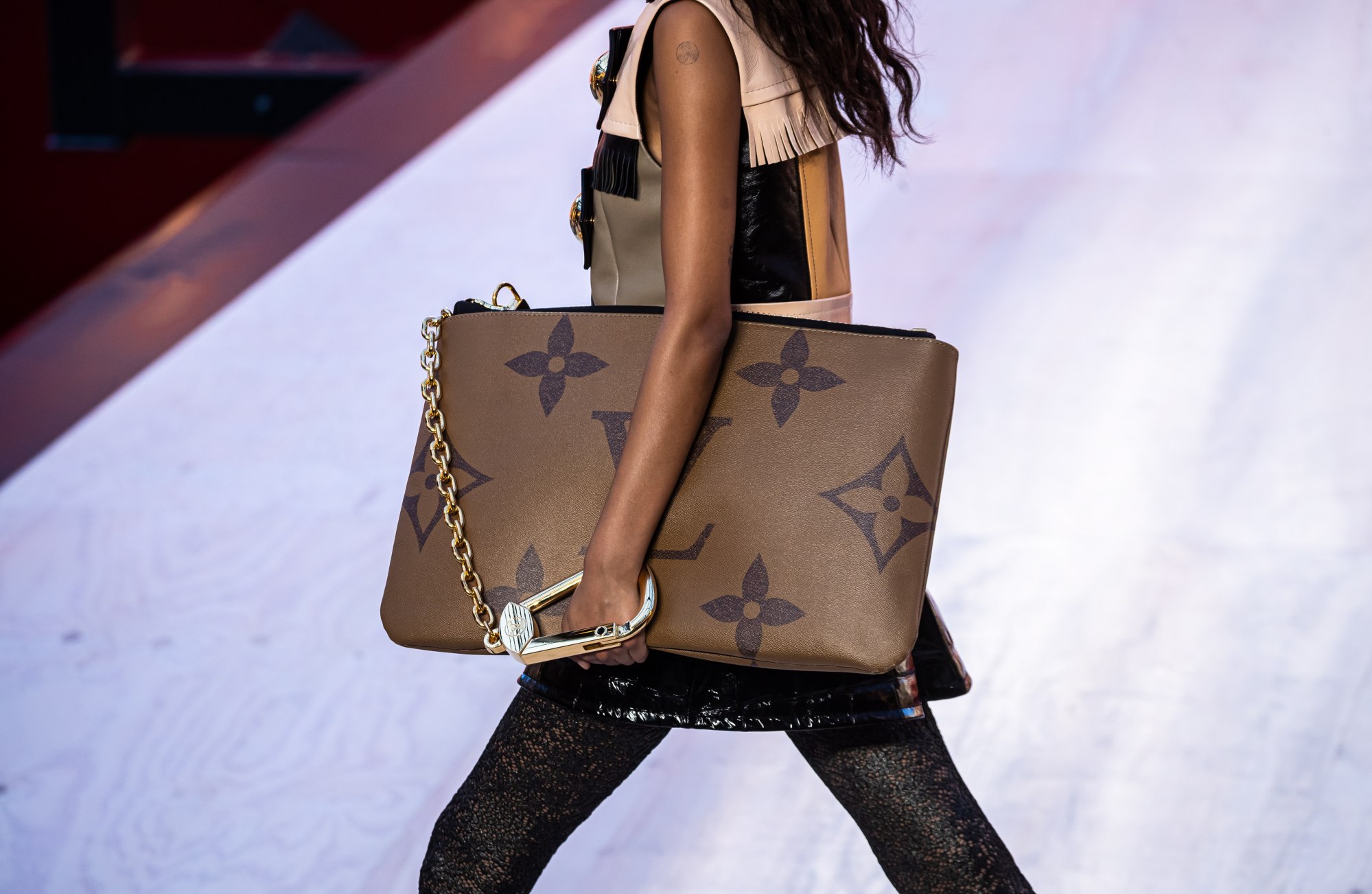


Using blockchain for authenticity in designer handbags
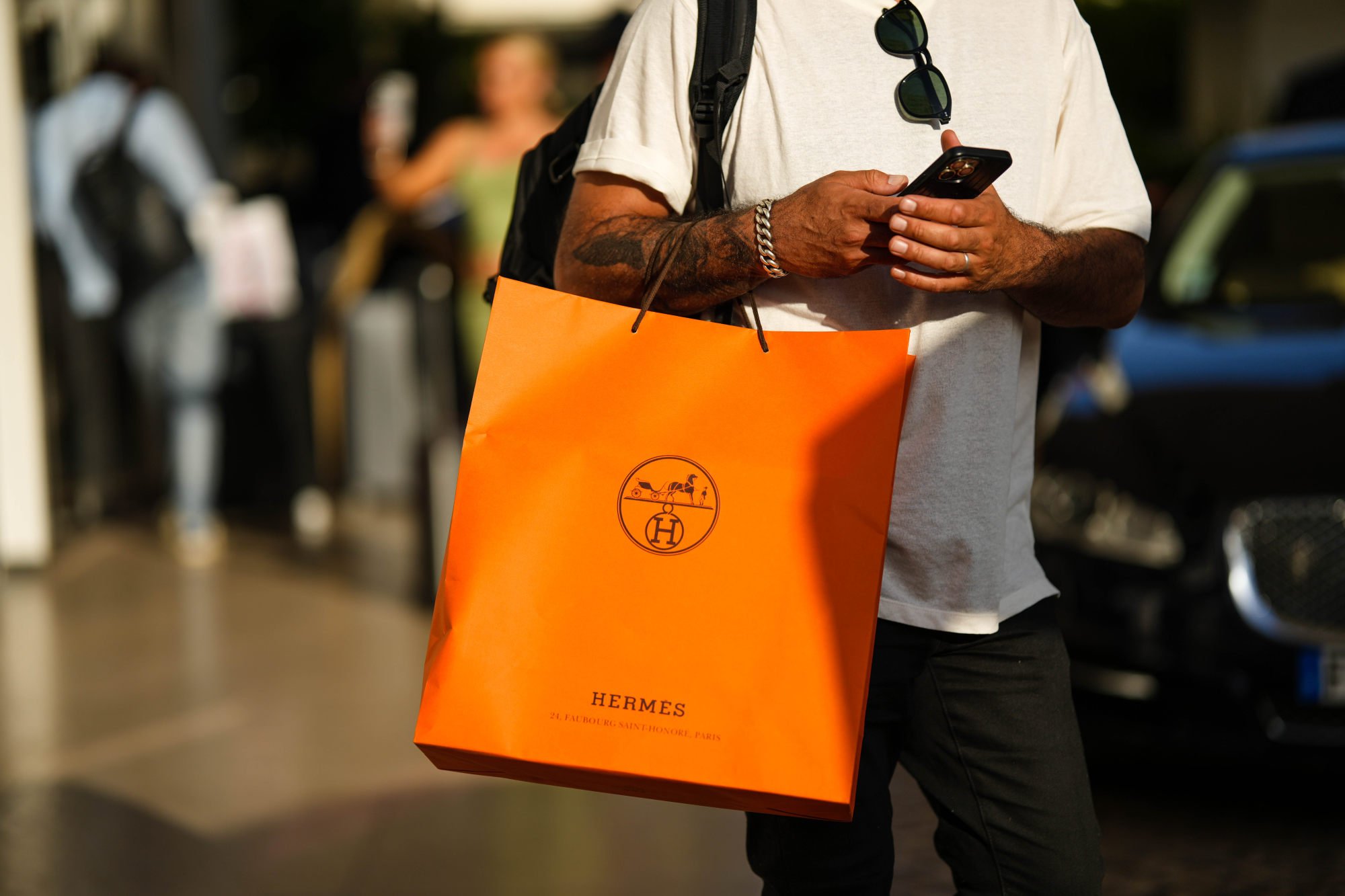
OTB’s service allows customers to tap their smartphone, for example, on a new pair of Maison Margiela Tabi shoes, which have NFC chips embedded in them. The chip instructs the phone to open a website with the product’s authenticity certificate, which is provided by the Aura Blockchain Consortium, and information about where the shoes were made (Italy).

Why Brunello Cucinelli is the Italian poster child of quiet luxury
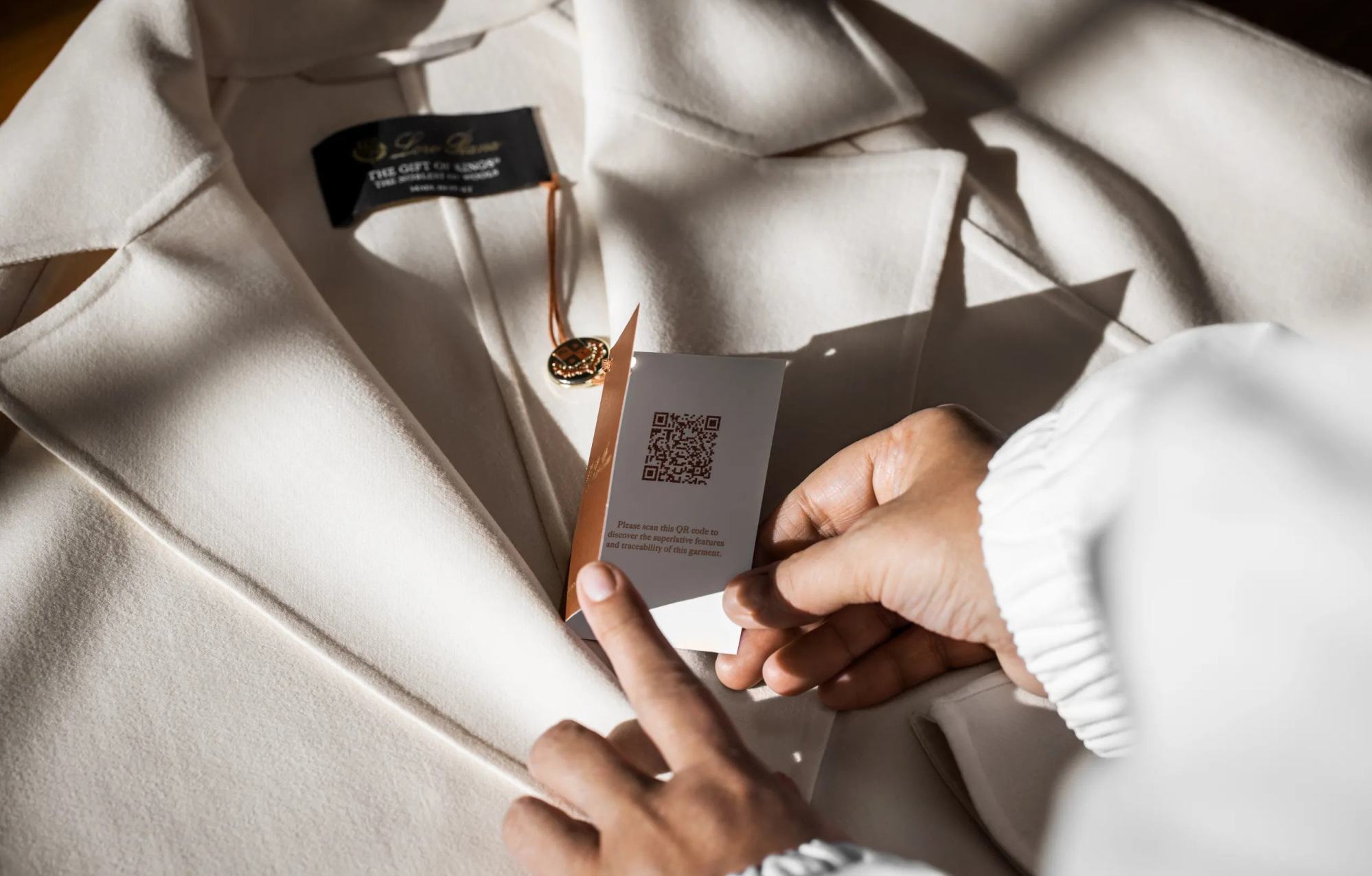
“We believe that blockchain is a strong enabler to augment everything related to traceability, origin, authenticity from the beginning of the story starting at the raw material level,” Franck Le Moal, LVMH Moët Hennessy Louis Vuitton’s group IT and technology director, said in an interview. “One day every product in the luxury industry will be able to benefit or be augmented by a digital product passport or certificate.”
Not everyone buys it
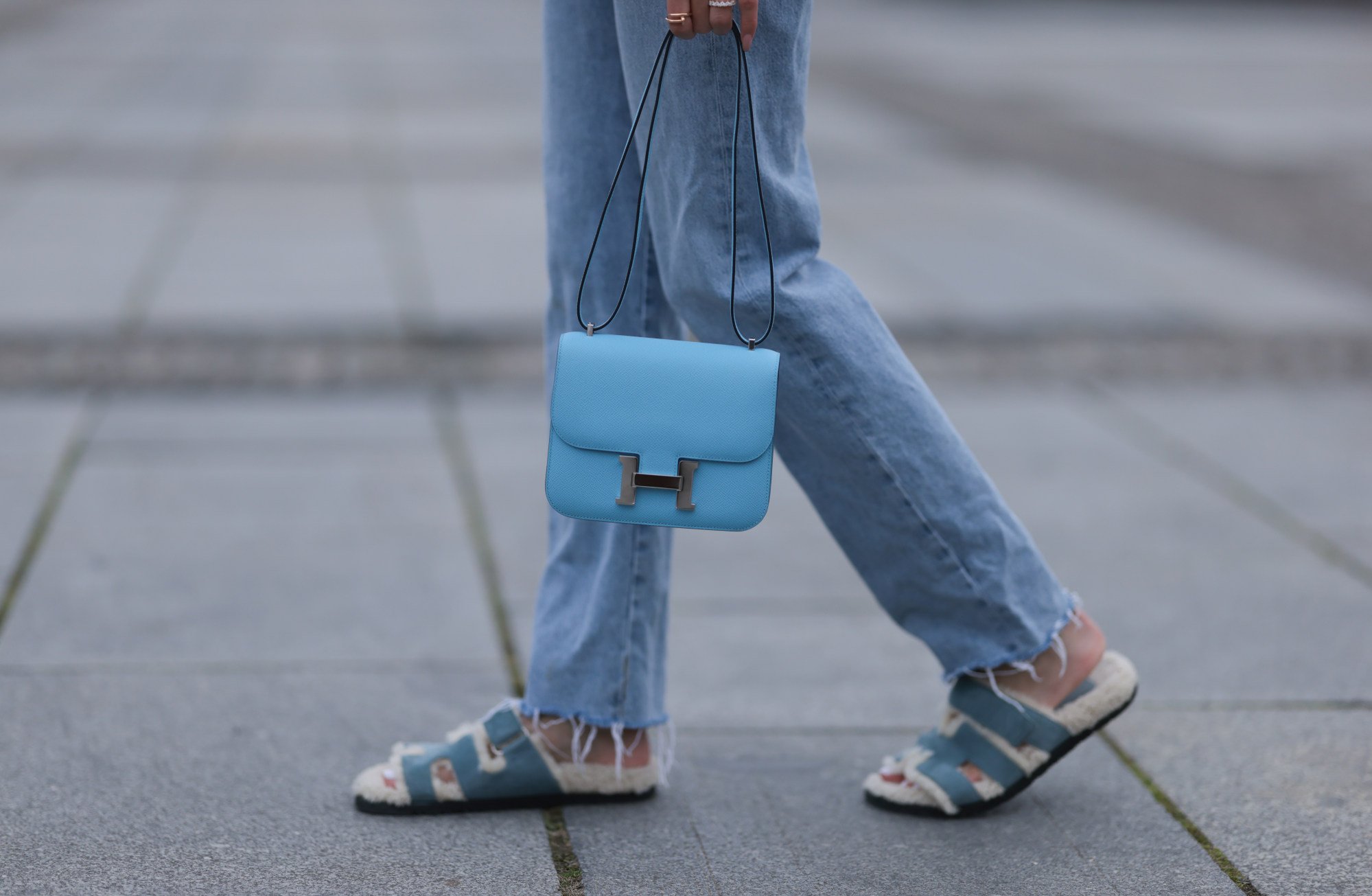
Some experts think it won’t. “I remain sceptical about the robustness or usefulness of blockchain solutions that attempt to bridge physical assets with the esoteric nature of blockchain networks,” says Colin Platt, who advises and consults companies on blockchain projects. “What happens if I pull that NFC chip out of the bags, make 10,000 copies and put them in 10,000 fake bags? Who owns the real bag?”
Applications built using the Aura Consortium’s technology use different layers of security including encrypted NFC chips, a spokesperson said. Platt also wonders what would happen if people sell the bags without registering the change of ownership on the system. “If you sell the bag to your friend and don’t update the blockchain, who owns the bag?” he says. “You or your friend?”
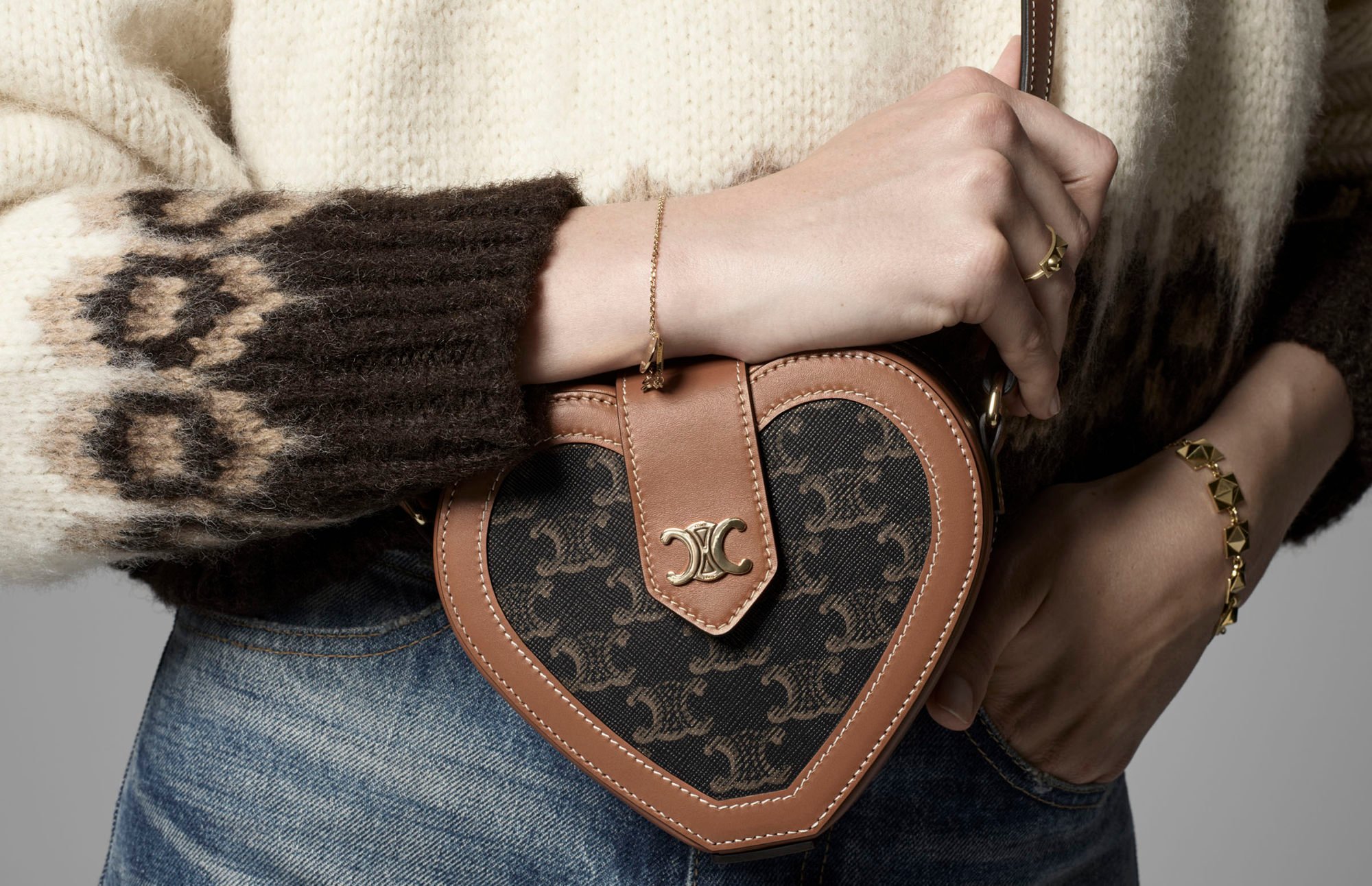
Customers can use their phones to tap a jewellery’s card – including that accompanying a yellow gold chain necklace that costs US$31,800 – to pull up a certificate of authenticity, its carbon footprint and information on the material used.

This helps tell the brand’s sustainability story, as customers can verify that the materials use effectively meet the criteria that is advertised, Timothy Iwata, Prada Group’s managing director of fine and high jewellery, said in an interview.
Inside Rolex certified pre-owned watches’ hefty premiums
Making sure gifts, pre-owned luxury handbags are real
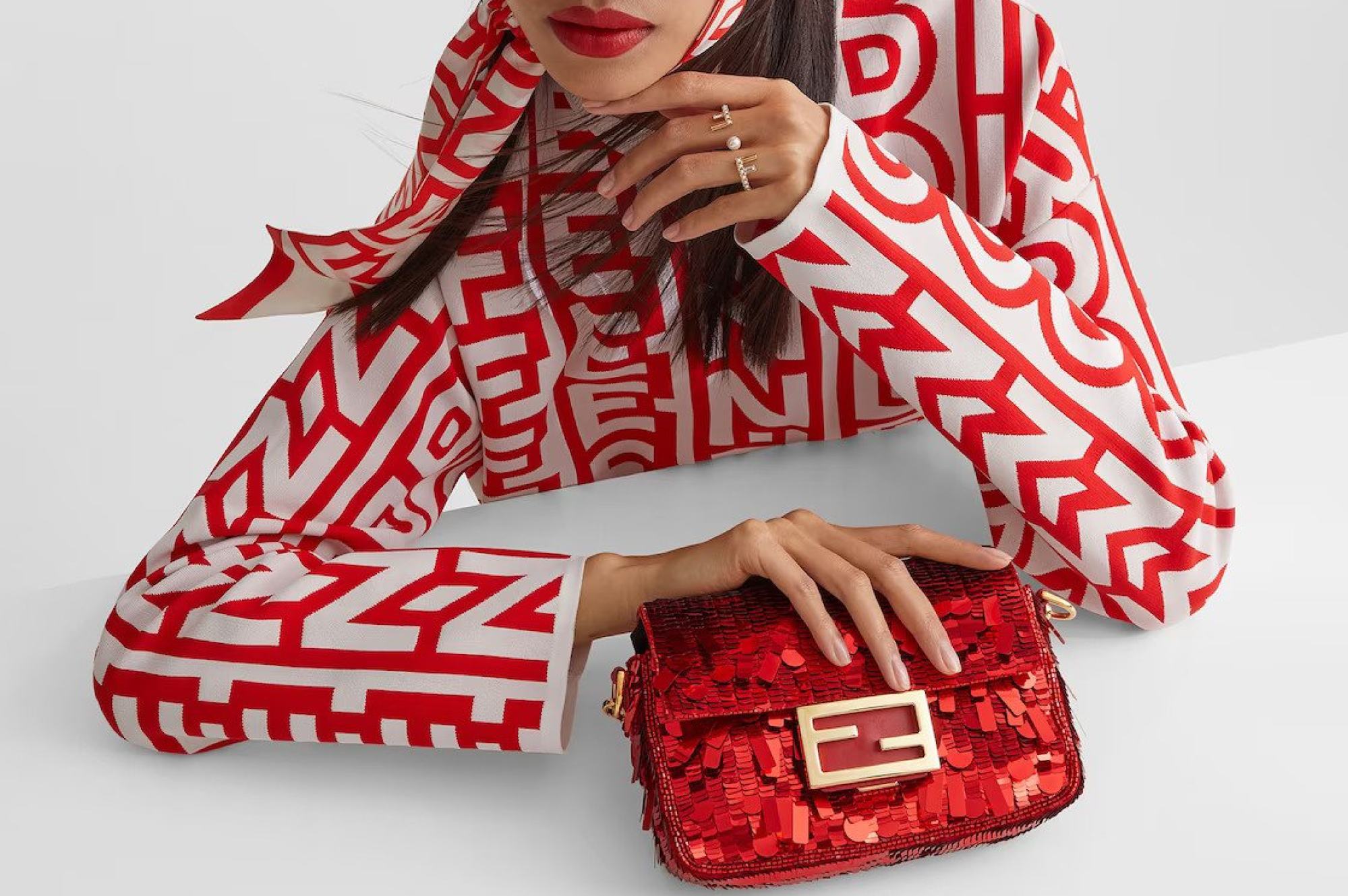

The technology would also make it less risky for luxury houses to enter the second-hand market, says Daniela Ott, Aura Blockchain Consortium’s general secretary and a former chief operations officer at Kering’s luxury division. Companies could facilitate second-hand sales without worrying that they’re fencing fakes.
The technology can also help track the product’s sale and repair history, says Pierre-Nicolas Hurstel, CEO of Arianee, a start-up that works with consumer brands to build blockchain applications. Sitting at a cafe in Paris earlier this year, Hurstel showed information about the authenticity and history of his Panerai watch, which he’d scanned with his phone. It included the date of sale, warranty expiry and more.
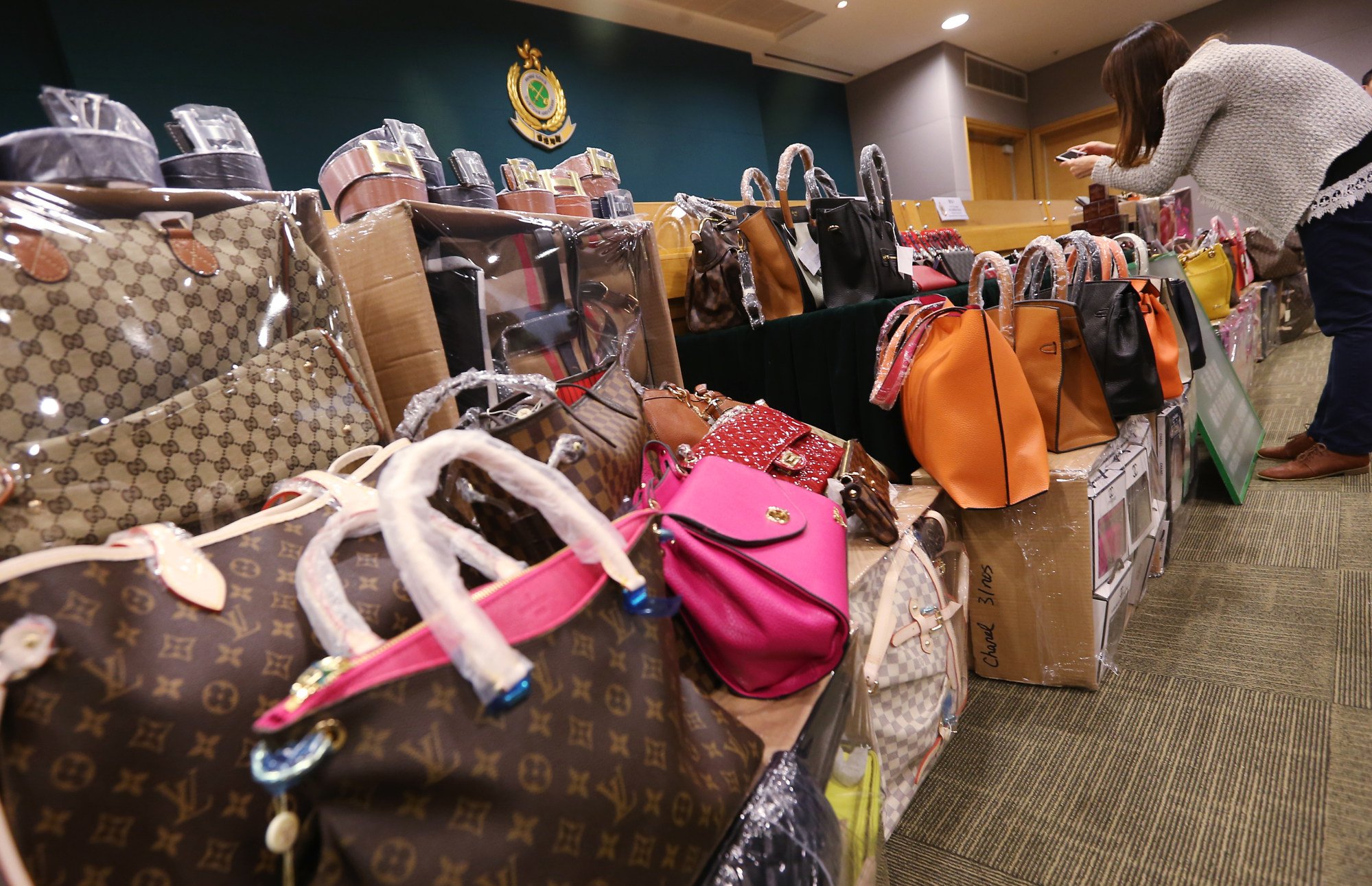
Soon, Hurstel said, consumers could have a digital wallet on their phone containing certificates for all the valuable products they own. This could have an unexpected downside for luxury goods purveyors – a stronger second-hand market could make customers a bit too confident.
“This is not good for brands trying to avoid ubiquity and selling the promise of exclusivity,” says Luca Solca, a global luxury goods, senior research analyst at Alliance Bernstein.
The story of Sarah Fung’s preloved luxury fashion store Hula – interview
The importance of authentication in designer handbags
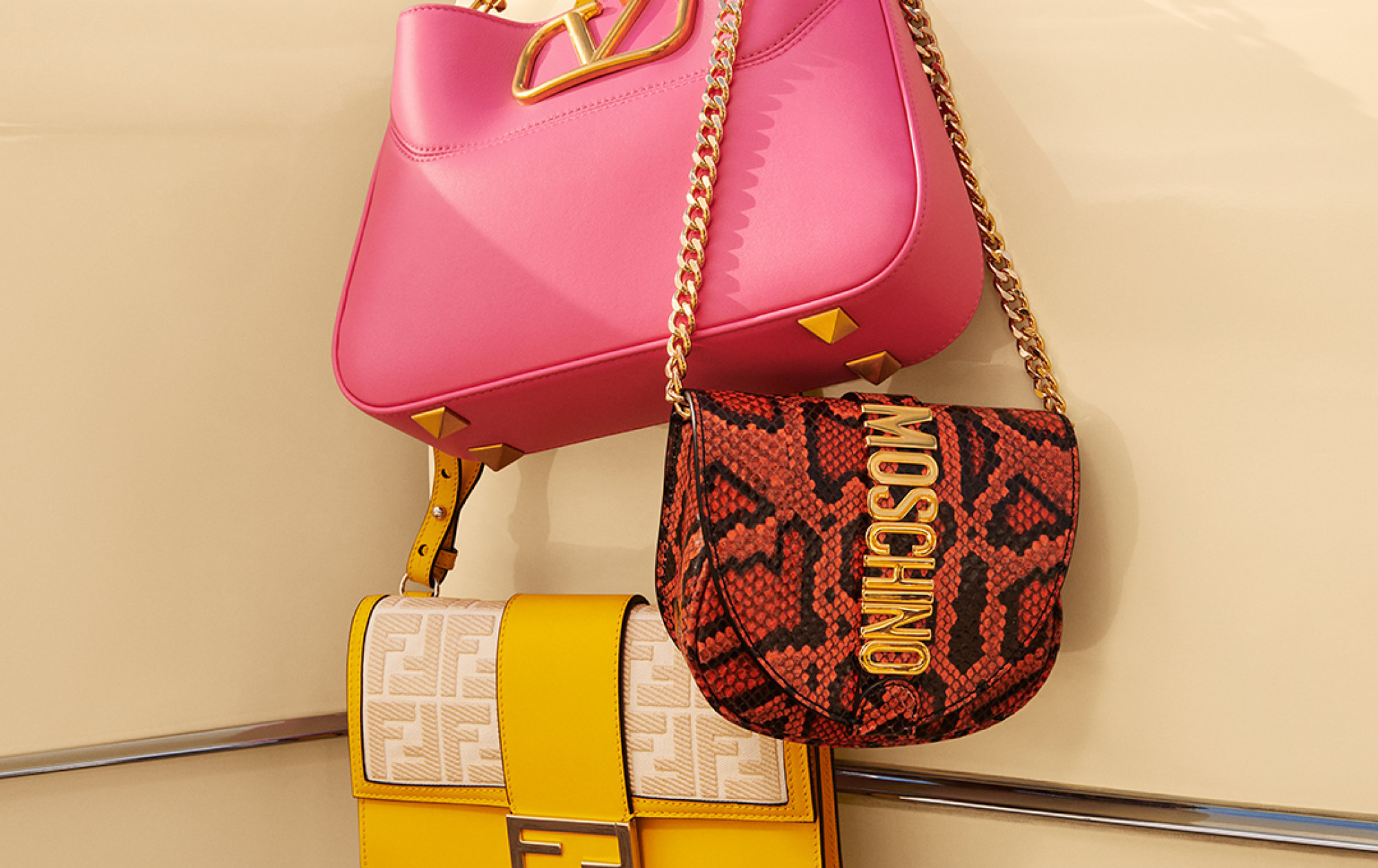
After I pulled the card out from my Miu Miu bag, I thought, “OK, so now what?” The card had no instructions for how to gain access to the digital certificate to verify its registration on a blockchain network. Was my bag actually on the blockchain?
After several rounds of questioning, Aura Consortium’s and Prada’s press teams said I couldn’t yet certify the bag myself, but Prada Group could access the information through an NFC chip inserted in the item.

“By having the Aura label on their products, Prada Group is telling their customers that it has been injected onto the blockchain,” Prada said in a statement. “They have the comfort of knowing that it is authentic and has its immutable own identity.”
In other words, “trust us”, But my comfort levels were minimal. Especially after the bag’s strap broke in April and I took it to Miu Miu’s store on London’s New Bond Street for repairs. No one scanned it in front of me to verify its authenticity.
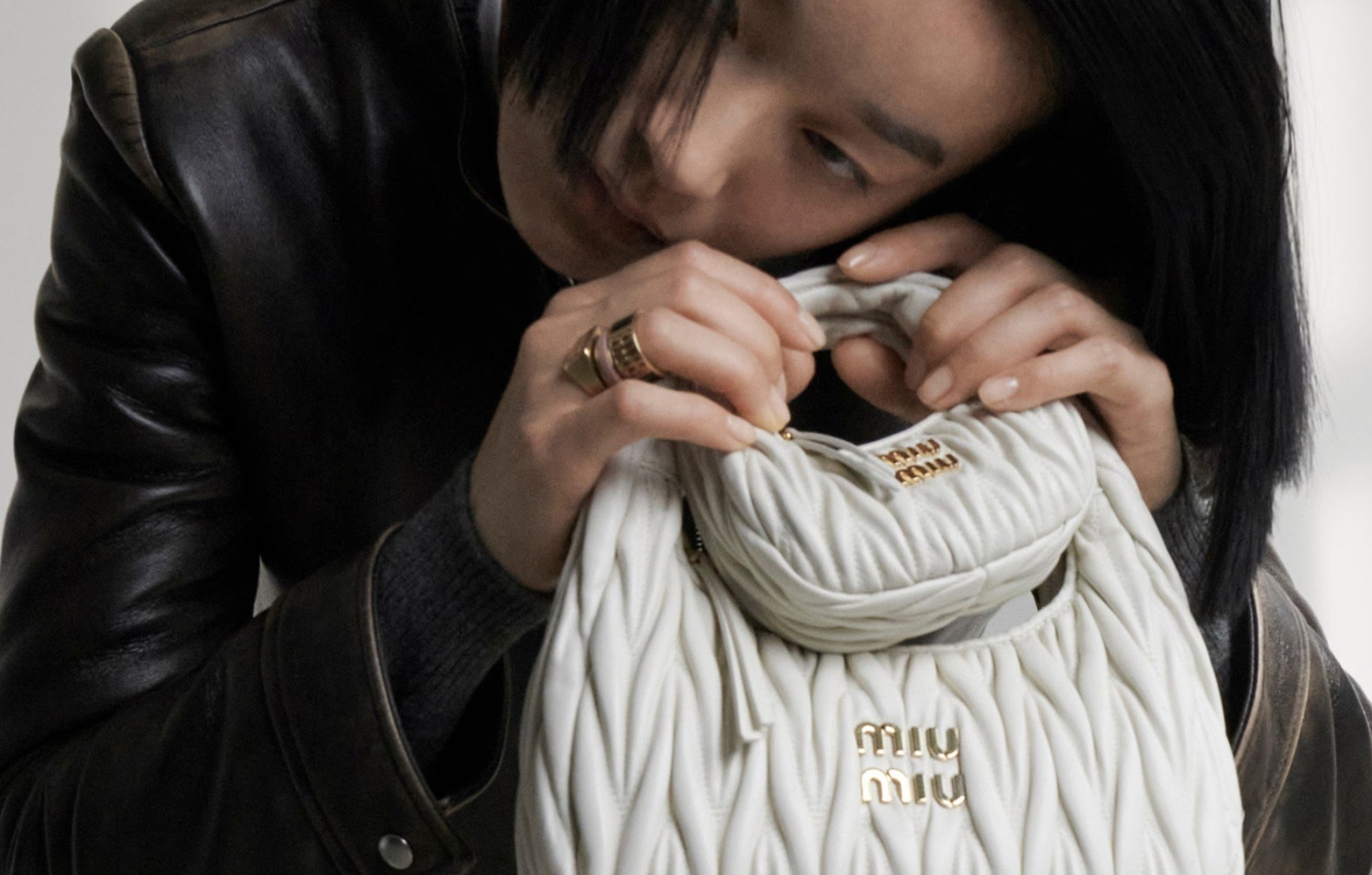
Instead, a salesperson looked up my details on a tablet. The store’s system pulled up the products I owned from the group. The bag and parts were collected, and shipped abroad for repairs.
A few weeks later, a representative messaged me on WhatsApp to tell me the bag had arrived. I collected it by giving them my name and the bag model – and that was that.

- Major luxury brands like Louis Vuitton, Loro Piana and Maison Margiela have launched services built on the Aura Consortium’s blockchain to allow customers to verify that their purchase isn’t a knock-off
- Clients can scan QR codes or tap smartphones on products with embedded NFC chips, which will show their authenticity certificates and even origins – but many are still sceptical about the technology